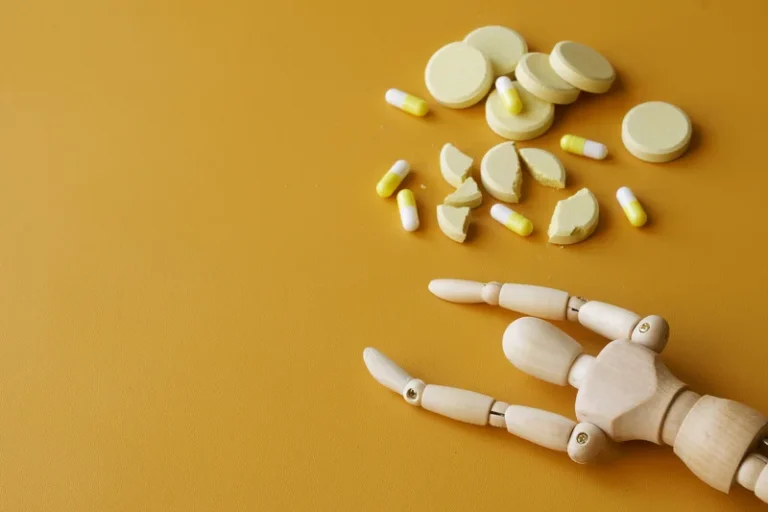(+612) 2531 5600
info@la-studioweb.com
Get direction
Google map


This vision problem can also affect inebriated people however they may have had too much to drink to remember. Studies showed that alcohol reduced vision in low-illumination environments, especially at night. To understand the amount of alcohol required to affect vision, we first must discuss alcohol blood levels. You might be wise in limiting your consumption of alcohol to special occasions, dinners, and celebrations. In the case of damage to the eye from alcohol abuse, it is best to be wise in preventing it. Prevention may be the best way to improve a person’s outlook for their eyes and other aspects of mental and physical health in relation to alcohol.

Once the person has consumed a little alcohol, the brain relaxes that control and vision problems become apparent. However, these changes will go away once the alcohol has cleared the system. While not everyone who binge drinks has an AUD, it can be a very significant risk factor for the development of an AUD. There may be an association between increased alcohol consumption and geographic atrophy, a form of advanced age-related macular degeneration (AMD). However, simply reducing alcohol intake may not be enough to prevent geographic atrophy. While double vision from drinking is a temporary effect, this is just one of the reasons that drinking and driving can be so dangerous.

If you regularly consume alcohol and dry eyes have become an issue, it may have to do with alcohol’s inflammatory and dehydrating properties. Last year alone, Dry January saw 1 in 6 Brits attempt to ditch the drink to help combat the effects of an over-indulgent festive period. Although it’s no secret that drinking to excess puts the body under blurry vision after drinking alcohol strain and can lead to serious health implications, many are unaware their eyes could be at risk. Dry eye disease occurs when the eyes don’t produce enough tears or when the quality of tears is compromised. Tears are essential for maintaining eye comfort and health, as they help to lubricate the eyes, wash away debris, and prevent infections.

The moderating effect of stimulus attractiveness on the effect of alcohol consumption on attractiveness ratings. Drinking alcohol may decrease the sensitivity of your peripheral vision. You might not see very well on your right and left sides, which can cause you to ignore objects on your sides. This may also give you the effect or perception of having tunnel vision.
Heavy drinkers may not notice eye damage until symptoms become severe. However, the damage is near permanent at this point, and symptoms will progress with continued alcohol consumption. The effects of alcohol on vision can be short-term (appear immediately after drinking and disappear after sobering up) or long-term (after consuming alcohol for an extended period).
Among its short-term effects are blurred vision and double vision, which can be temporary effects of intoxication, although they typically wear off as the person sobers up or the next day. Alcohol abuse can also contribute to long-term changes to vision such as an increased risk of developing cataracts. Dehydration can extend to various parts of the body, including the eyes. While the short-term effects of alcohol affect temporary disturbances to your vision, the long-term effects of heavy drinking can lead to dry eyes. Chronic alcohol consumption increases the risk of developing age-related macular degeneration (AMD), which is a disease that affects the retina and causes frequent loss of central vision. While AMD is more common in elderly individuals, someone with an alcohol use disorder (AUD) is more susceptible to early AMD.
It can have both short- and long-term visual effects, including blurry vision, double vision and dry eye. Even the occasional drink can affect your eyes in some ways. In addition to the short-term and temporary effects of alcohol, consuming heavy amounts of alcohol can lead to irreversible eye problems over time. You might develop a painless loss of vision, decreased peripheral vision, or reduced color vision. Drinking alcohol excessively (frequently or in large amounts) can have harmful effects on your body, including your eyes. Heavy alcohol use may cause problems with your vision and overall eye health.
Double vision is not dangerous unless you’re behind the wheel. If someone is suspected to have nystagmus, they will likely undergo a CT scan or an MRI to get a scan of the brain. Often these rapid eye movements are due to neurological problems in the brain.
There are no comments